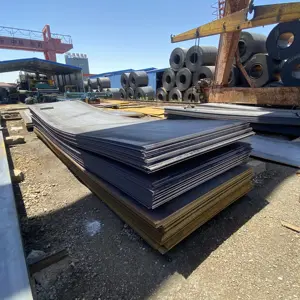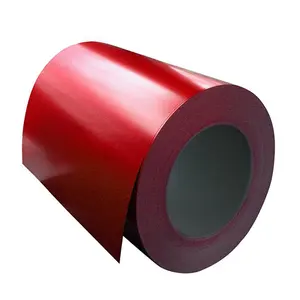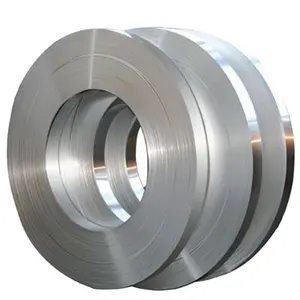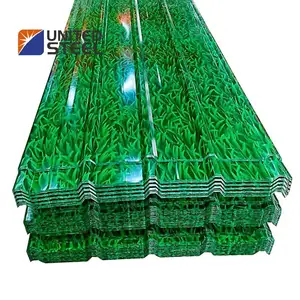Popular in your industry











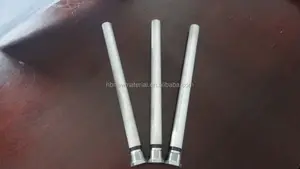











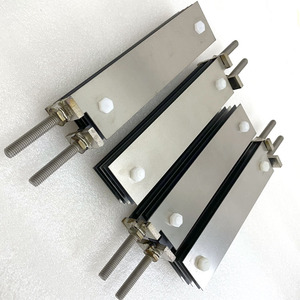






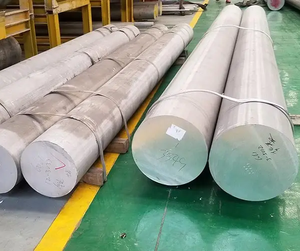
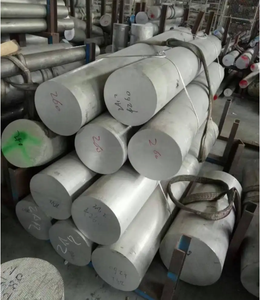









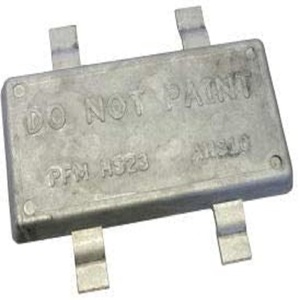






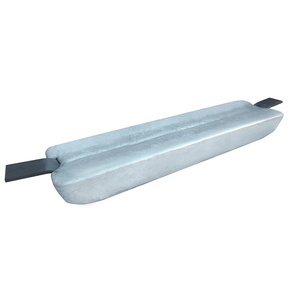



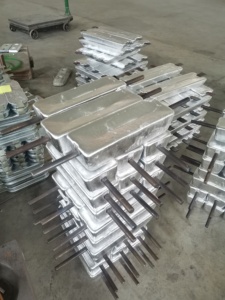

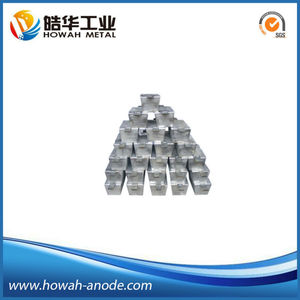

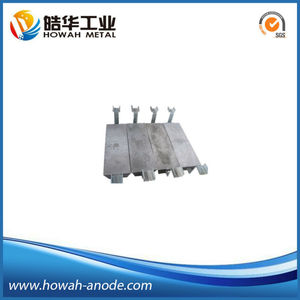
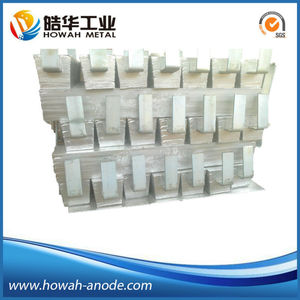


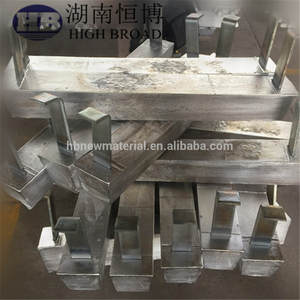


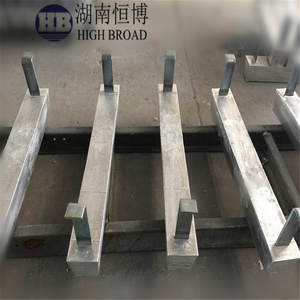



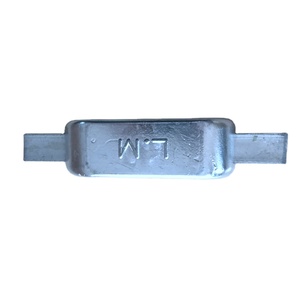



Related Searches:



















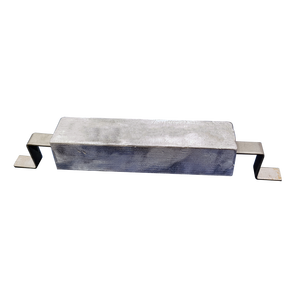





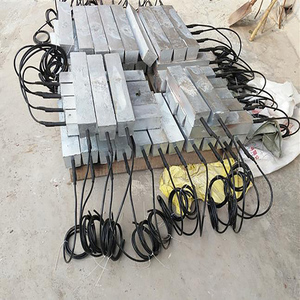


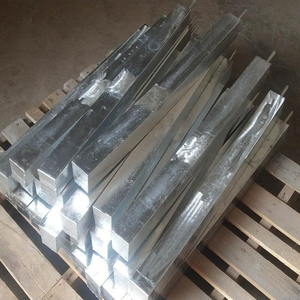








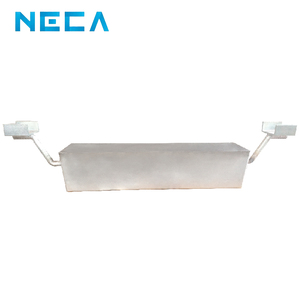




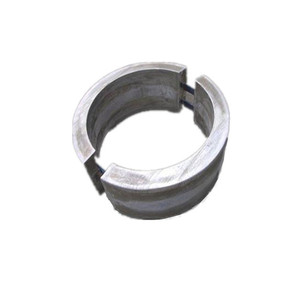




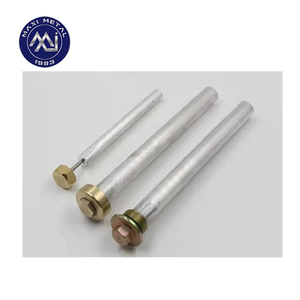






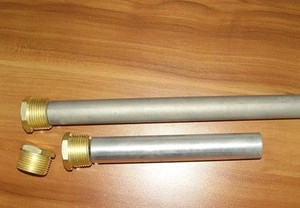









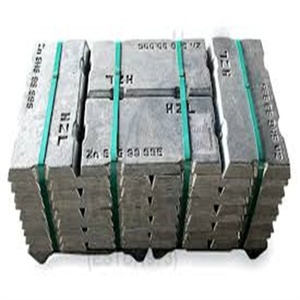














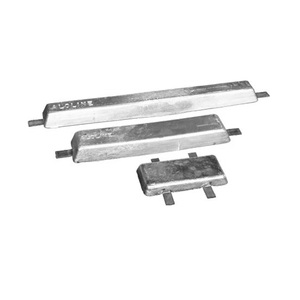






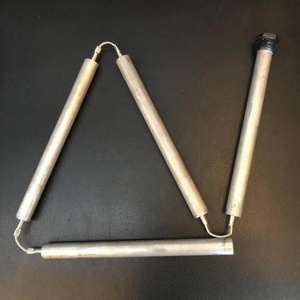


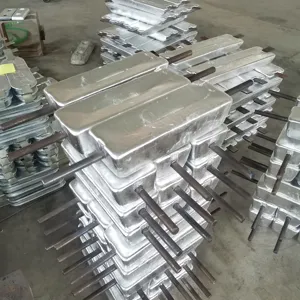









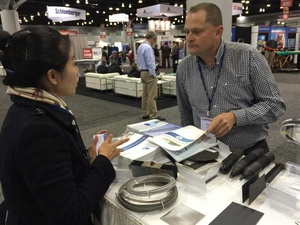
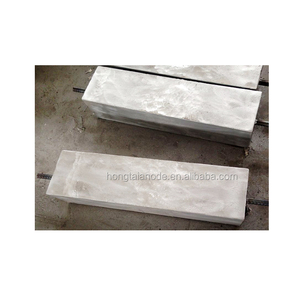

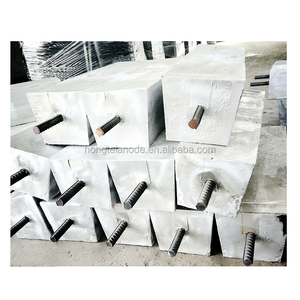

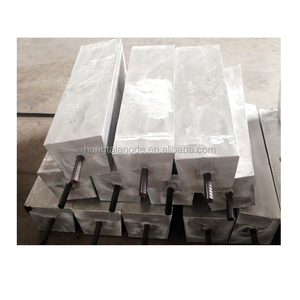

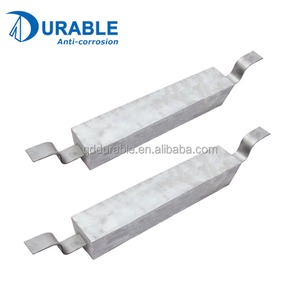


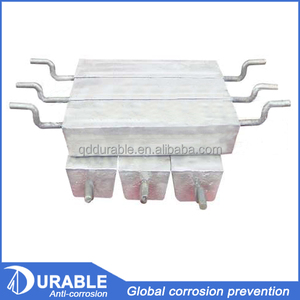
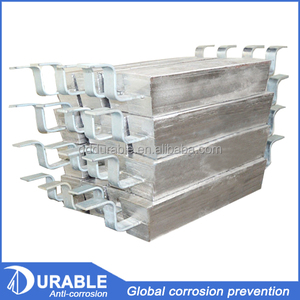

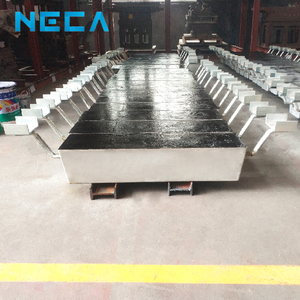







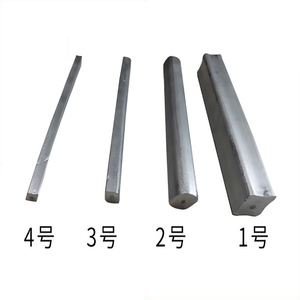
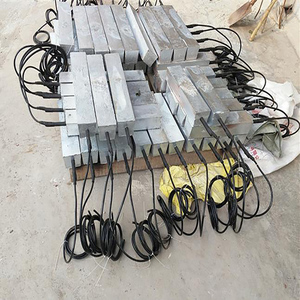
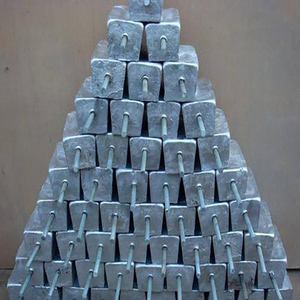




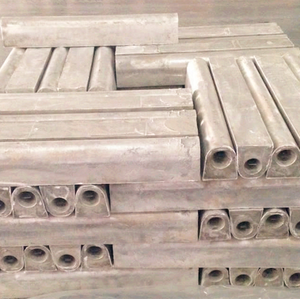

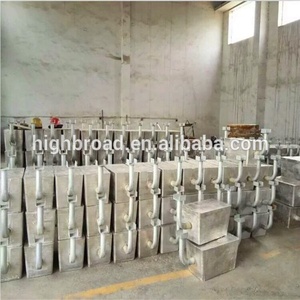
Top categories
About aluminum alloy sacrificial anode
Understanding Aluminum Alloy Sacrificial Anodes
Aluminum alloy sacrificial anodes are essential components in the protection of metal structures from corrosion, particularly in environments where these structures are exposed to water or moist soil. These anodes are designed to corrode preferentially, thereby safeguarding the primary metal of the structure they are attached to.
Types and Composition
There are various types of sacrificial anodes, including zinc aluminum and magnesium anode options. Each type has a specific composition suited to different environments. Aluminum alloy sacrificial anodes are often preferred for their efficiency and long-term performance in certain conditions.
Applications Across Industries
The use of aluminum alloy sacrificial anodes spans multiple industries. They are commonly employed in marine engineering, such as in the hulls of ships, but also find use in protecting pipelines, tanks, and offshore structures. Their versatility makes them suitable for a range of applications, from automotive to construction and beyond.
Features and Material Advantages
These anodes are not only robust but also feature anti-corrosion properties, thanks to their anodized surfaces. The materials used, such as aluminum alloys, are selected for their ability to withstand harsh conditions without significant degradation. This ensures the longevity of both the anode and the protected structure.
Choosing the Right Anode
Selecting the correct type of anode, whether it's a zinc aluminum or magnesium anode, depends on the specific environmental conditions and the metals involved. Factors such as water salinity, temperature, and the presence of other elements can influence the effectiveness of the anode.
Environmental and Economic Benefits
Utilizing aluminum alloy sacrificial anodes not only extends the life of metal structures but also offers environmental benefits by reducing the need for frequent replacements and repairs. Economically, this translates to cost savings over the lifespan of the project or structure.
